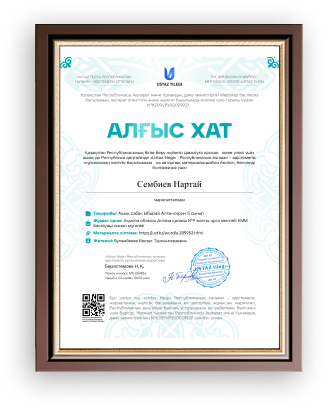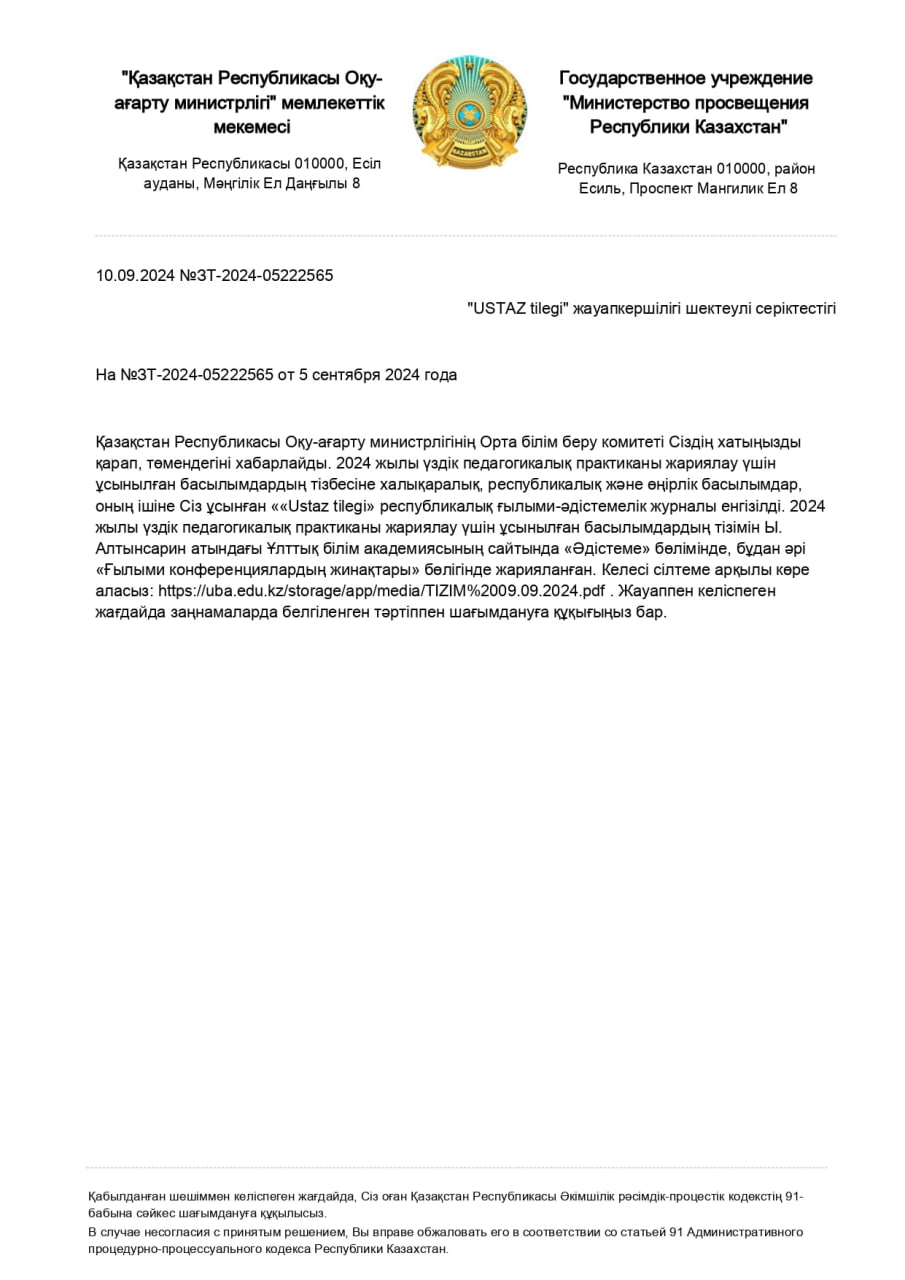student centered learning





1 слайд
Rysbayeva Shapagat
405 group
1 слайд
Rysbayeva Shapagat 405 group

2 слайд
Student-centered learning, also known as learner-
centered education, broadly encompasses methods
of teaching that shift the focus of instruction from
the teacher to the student. In original usage,
student-centered learning aims to develop learner
autonomy and independence by putting
responsibility for the learning path in the hands of
students. Student-centered instruction focuses on
skills and practices that enable lifelong
learning and independent problem-
solving. Student-centered learning theory and
practice are based on the constructivist learning
theory that emphasizes the learner's critical role in
constructing meaning from new information and
prior experience.
2 слайд
Student-centered learning, also known as learner- centered education, broadly encompasses methods of teaching that shift the focus of instruction from the teacher to the student. In original usage, student-centered learning aims to develop learner autonomy and independence by putting responsibility for the learning path in the hands of students. Student-centered instruction focuses on skills and practices that enable lifelong learning and independent problem- solving. Student-centered learning theory and practice are based on the constructivist learning theory that emphasizes the learner's critical role in constructing meaning from new information and prior experience.

3 слайд
3 слайд

4 слайд
Student-centered learning puts students' interests first,
acknowledging student voice as central to the learning
experience. In a student-centered learning space,
students choose what they will learn, how they will
learn, and how they will assess their own learning. This
is in contrast to traditional education, also dubbed
"teacher-centered learning", which situates the teacher
as the primarily "active" role while students take a
more "passive", receptive role. In a teacher-centered
classroom, teachers choose what the students will
learn, how the students will learn, and how the
students will be assessed on their learning. In contrast,
student-centered learning requires students to be
active, responsible participants in their own learning
and with their own pace of learning.
4 слайд
Student-centered learning puts students' interests first, acknowledging student voice as central to the learning experience. In a student-centered learning space, students choose what they will learn, how they will learn, and how they will assess their own learning. This is in contrast to traditional education, also dubbed "teacher-centered learning", which situates the teacher as the primarily "active" role while students take a more "passive", receptive role. In a teacher-centered classroom, teachers choose what the students will learn, how the students will learn, and how the students will be assessed on their learning. In contrast, student-centered learning requires students to be active, responsible participants in their own learning and with their own pace of learning.

5 слайд
Usage of the term "student-centered learning"
may also simply refer to educational mindsets or
instructional methods that recognize individual
differences in learners. In this sense, student-
centered learning emphasizes each student's
interests, abilities, and learning styles, placing
the teacher as a facilitator of learning for
individuals rather than for the class as a whole.
5 слайд
Usage of the term "student-centered learning" may also simply refer to educational mindsets or instructional methods that recognize individual differences in learners. In this sense, student- centered learning emphasizes each student's interests, abilities, and learning styles, placing the teacher as a facilitator of learning for individuals rather than for the class as a whole.

6 слайд
One of the most critical differences between
student-centered learning and teacher-centered
learning is in assessment. Student-centered
learning typically involves moreformative
assessment and less summative
assessment than teacher-centered learning. In
student-centered learning, students participate in
the evaluation of their learning. This means that
students are involved in deciding how to
demonstrate their learning. Developing
assessment that supports learning and
motivation is essential to the success of student-
centered approaches. Student-centered assessment
6 слайд
One of the most critical differences between student-centered learning and teacher-centered learning is in assessment. Student-centered learning typically involves moreformative assessment and less summative assessment than teacher-centered learning. In student-centered learning, students participate in the evaluation of their learning. This means that students are involved in deciding how to demonstrate their learning. Developing assessment that supports learning and motivation is essential to the success of student- centered approaches. Student-centered assessment

7 слайд
7 слайд

8 слайд
A research university in Hong
Kong sought to promote student-centered
learning across the entire university by
employing the following methods:
Analysis of good practice by award-winning
teachers, in all faculties, to show how they made
use of active forms of student learning.
Subsequent use of the analysis to promote wider
use of good practice.
A compulsory teacher training course for new
junior teachers, which encouraged student-
centered learning.
8 слайд
A research university in Hong Kong sought to promote student-centered learning across the entire university by employing the following methods: Analysis of good practice by award-winning teachers, in all faculties, to show how they made use of active forms of student learning. Subsequent use of the analysis to promote wider use of good practice. A compulsory teacher training course for new junior teachers, which encouraged student- centered learning.

9 слайд
Projects funded through teaching development
grants, of which 16 were concerned with the
introduction of active learning experiences.
A program-level quality enhancement initiative which
utilized a student survey to identify strengths and
potential areas for improvement.
Development of a model of a broadly based teaching
and learning environment influencing the
development of generic capabilities to provide
evidence of the need for an interactive learning
environment.
The introduction of program reviews as a quality
assurance measure.
9 слайд
Projects funded through teaching development grants, of which 16 were concerned with the introduction of active learning experiences. A program-level quality enhancement initiative which utilized a student survey to identify strengths and potential areas for improvement. Development of a model of a broadly based teaching and learning environment influencing the development of generic capabilities to provide evidence of the need for an interactive learning environment. The introduction of program reviews as a quality assurance measure.















